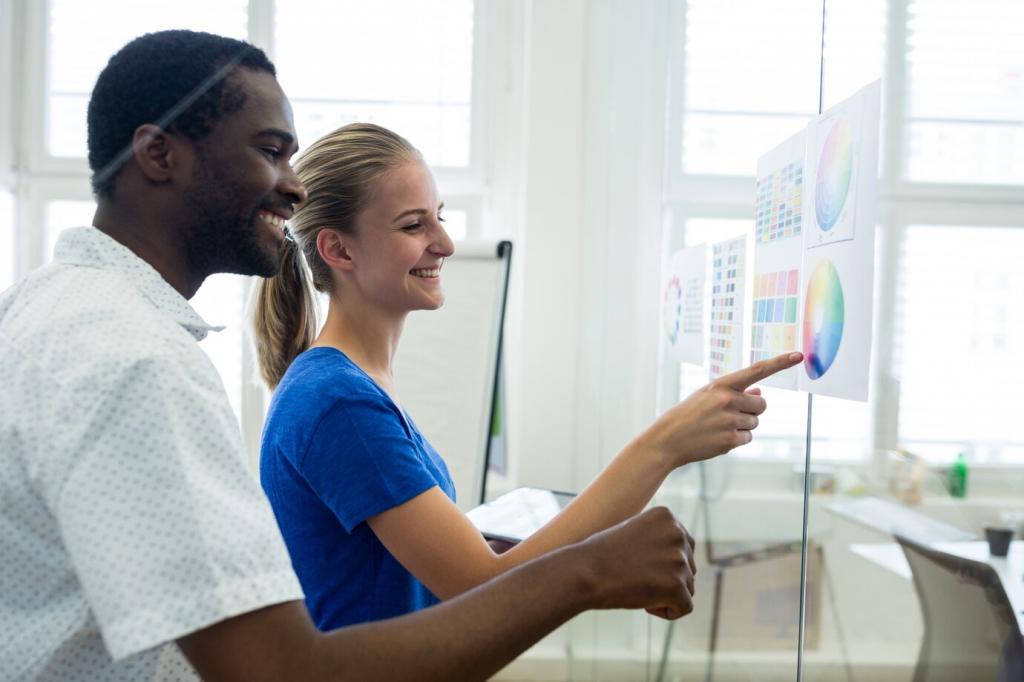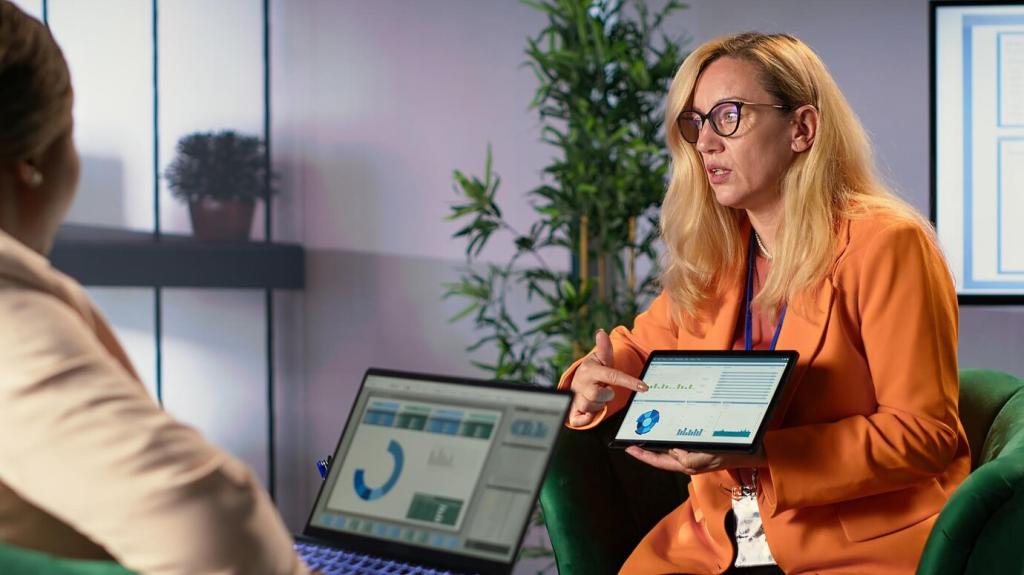Remote Consulting: The New Norm
Chosen theme: Remote Consulting: The New Norm. Welcome to a friendly, forward-looking home for consultants and clients embracing distance as a feature—not a bug. Join us, subscribe, and share your experiences so we can build smarter, more humane remote practices together.
How Remote Consulting Became the New Norm
A Timeline of the Pivot
In a matter of months, meeting rooms dissolved into screens, travel budgets rebalanced into tooling, and calendars stretched across time zones. Surveys worldwide signaled rising comfort with virtual collaboration, while teams learned that clarity, not proximity, drives progress in consulting engagements.
A Story from the Kitchen Table
One strategist began hosting discovery calls from a small kitchen table between school drop-offs. Without whiteboards, she sketched on paper and held pages up to the camera. Clients loved the unfiltered authenticity, and trust grew faster than when everyone wore suits under fluorescent lights.
Why This Norm Sticks
Remote consulting reduces friction, broadens talent access, and invites quieter voices to speak. When outcomes are clear and collaboration is thoughtfully designed, clients see dependable progress without the costs of travel. Share your top reason this model works—or the challenge you still want help solving.
Digital Tools That Make Expertise Travel
01
Video That Reduces Friction
Reliable video matters less for perfect lighting and more for stable handoffs. Simple controls, easy recording, and automatic transcripts keep everyone present. Encourage cameras-on for moments of alignment, and cameras-off for long listening, so attention stays with ideas rather than optics.
02
Collaborative Canvases That Mimic Rooms
Digital canvases recreate sticky-note energy without the cleanup. Templates for problem framing, opportunity mapping, and decision logs help teams converge faster. When your canvas carries context between sessions, momentum persists even when time zones don’t, and the board becomes a living memory of decisions.
03
Secure Data Rooms and Clear Boundaries
Protecting sensitive work builds trust. Use granular permissions, versioned documents, and audit trails to keep artifacts safe. Establish naming conventions and archival habits early, so no one wonders where the truth lives. Invite clients to co-own the vault to reinforce shared responsibility.

Begin with a small ritual: a two-minute check-in, a shared win, or a quick calendar snapshot of the week. These moments reveal constraints and reduce misunderstandings later. Rituals are glue when projects stretch across oceans and attention must be carefully rationed.

Latency blurs cues. Try deliberate pauses after responses, reflect back key phrases, and use chat to capture side thoughts without derailing flow. Invite quieter contributors by name and offer asynchronous follow-ups, ensuring insights never hinge on who speaks loudest or fastest.

Share assumptions, draft artifacts, and decision logs in the open. Create a lightweight ‘living brief’ that reflects the latest scope and choices. When clients can see your thinking unfold, they engage earlier, and small corrections prevent expensive detours down the line.
Designing Remote Engagements That Deliver

Asynchronous-First Collaboration
Shift heavy thinking to asynchronous channels. Use structured questionnaires, pre-read memos, and short Loom updates to prime meetings. When everyone shows up prepared, live sessions become decision engines rather than status briefings, and each hour yields momentum instead of meandering.

Cadence That Builds Rhythm
Adopt a simple pattern: weekly priorities, midweek checkpoint, and end-of-week outcomes review. Keep each touchpoint short with a shared agenda. Rhythm reduces anxiety because everyone knows when decisions happen and how progress will be measured week to week.

Remote Onboarding That Feels Personal
Start with a welcome kit: project map, roles, communications norms, and a short video greeting. Add pronunciation notes and working preferences for each participant. These details quietly prevent friction, making newcomers feel seen even before the first milestone is underway.

Facilitating Remote Workshops People Love
Plan 50-minute hours, varied interaction every ten minutes, and generous breaks. Use timers and visible agendas so focus feels safe. Changing modalities—polls, sketching, quick writing—keeps attention fresh without relying on charisma alone to carry the room.
Facilitating Remote Workshops People Love
Never send people to breakouts without an explicit task, timebox, and template. Assign roles—facilitator, scribe, and reporter—to speed synthesis. When groups reconvene, harvest insights onto one shared board to create a single source of truth everyone can refine.

Define Signals Before Starting
Identify a few crisp indicators that the engagement is working: decision speed, defect rate, sales cycle clarity, or onboarding time. When signals are simple and agreed upon, debates shrink and momentum grows around the same, shared definition of progress.

Evidence Boards That Tell a Story
Maintain a living board of hypotheses, experiments, and results. Each artifact links to a narrative explaining why it matters. Clients can scan and understand not just what changed, but how you learned together, making results transfer well beyond the project.

Close the Loop Early and Often
Schedule small, frequent retrospectives to ask what to start, stop, and continue. Short loops build confidence and reveal invisible friction before it compounds. Invite clients to co-own the retro notes, reinforcing a partnership rather than a vendor relationship dynamic.
The Road Ahead: Remote Consulting’s Next Chapter
AI as a Collaborative Teammate
Expect AI to draft briefs, summarize meetings, and surface patterns across project artifacts while you focus on nuance and judgment. The win is not automation alone—it is amplified attention, making each human touch more thoughtful, contextual, and timely.


Virtual Rooms, Real Results
Spatial audio, persistent boards, and lightweight avatars are closing the gap between presence and convenience. The trick is purpose: use immersive rooms when they clarify work, not as novelty. When chosen well, they reduce misalignment without adding fatigue.
